Sci-Fi, Story Telling, Technology
How to Keep Science Fiction Fresh: Avoiding the Same Old Tropes
Ah, science fiction—the genre of infinite possibilities! The playground of bold new ideas, mind-bending concepts, and…
Wait, is that another dystopian future where society is divided into arbitrary factions? Are we really doing the “evil mega-corporation” thing again?
Don’t get me wrong. Tropes exist for a reason. They resonate, they work, and when they first appear, they feel like lightning in a bottle. But then they get repeated. And repeated. And next thing you know, every sci-fi book, movie, and game is recycling the same tired themes like an A.I. trained exclusively on old scripts.
So, how do we keep sci-fi fresh? Let’s take a look at some of the most overused tropes, why they became popular, and how we can break free from them.
The Sci-Fi Tropes We’ve Seen One Too Many Times
1. The Evil Mega-Corporation That Controls Everything
Ah yes, the omnipresent soulless company that rules the world, space colonies, or the entire galaxy. Whether it’s Weyland-Yutani (Alien), Tyrell Corporation (Blade Runner), or Cyberdyne Systems (Terminator), this trope has been beaten to death with a cybernetic arm.
Why It Became Popular:
In the ‘80s and ‘90s, people realized that giant corporations basically own everything and have more power than governments. (Oops.) Sci-fi took this to its natural extreme—corporations controlling entire planets and running private armies like a dystopian Costco.
How to Keep It Fresh:
Instead of just another corrupt corporation, what if your mega-corp was actually benevolent? Maybe their intentions are good, but their actions still have unintended consequences. Or what if humanity is actually the villain, and an A.I.-run corporation is trying to save us from ourselves?
2. The One-Environment Planet
You know the ones—the ice planet, the desert planet, the jungle planet, the “it’s always raining” planet. Every time a sci-fi character lands somewhere new, it has exactly one climate that never changes.
Why It Became Popular:
Blame Star Wars. Tatooine (desert), Hoth (ice), Endor (forest)—each planet was a visual shorthand for storytelling. It also made it way easier on set designers who didn’t have to justify why no one on the desert planet had ever thought of moving closer to the coast.
How to Keep It Fresh:
Planets should be complex and diverse, like Earth. A desert planet might have massive underground lakes. A water world might have floating cities that drift between warm and freezing regions. The best sci-fi worlds feel lived-in and logically structured, not just “desert because plot.”
3. The Dystopian Future Where Everything Sucks
Welcome to the future! The air is toxic, the streets are neon-lit nightmares, and everyone wears trench coats for some reason. Every government is corrupt, every corporation is evil (see #1), and there’s absolutely zero hope.
Why It Became Popular:
Dystopian sci-fi exploded because, well, it felt realistic. The cyberpunk genre was born out of the fear that technology would advance faster than human morality, leaving us with a world where only the rich win and the rest of us live in neon-lit despair. (Sound familiar?)
How to Keep It Fresh:
Not every future needs to be grimdark misery. A story where society actually works can be just as compelling. Or flip the script—maybe the dystopia isn’t what it seems. The “perfect utopia” could be hiding terrible secrets, or the “dystopian world” is actually better than the alternative.
4. Aliens That Are Just Slightly-Modified Humans
Welcome to space, where every alien conveniently has two arms, two legs, and a nose. Sometimes they have blue skin (Avatar), forehead ridges (Star Trek), or maybe even cat ears (pick any anime).
Why It Became Popular:
Because makeup and CGI are expensive. Also, humans like relatable characters, and it’s easier to identify with an alien that has a face rather than, say, a sentient blob of goo that communicates through dance.
How to Keep It Fresh:
- Make aliens truly alien—give them non-human thought patterns and completely different senses.
- Maybe they communicate through scent, or their society is based on mathematical harmony instead of emotion.
- Instead of just changing their skin color, make their biology completely incompatible with Earth.
Basically, let’s get weird with aliens again.
What’s Next? Fresh Ideas in Sci-Fi
Of course, new tropes eventually become old tropes. So, what are some fresh ideas we’re starting to see in sci-fi?
✅ Solarpunk – A response to cyberpunk’s bleak outlook, solarpunk imagines a bright, hopeful future where technology and nature coexist instead of clash.
✅ Biopunk – Instead of focusing on AI and computers, biopunk explores genetic engineering, human modification, and organic technology. Think The Southern Reach Trilogy or Altered Carbon.
✅ Post-Scarcity Societies – What happens when humanity solves its biggest problems? Some stories are moving away from collapse and crisis to explore what thriving civilizations might look like.
✅ Multi-Species Galactic Societies – Instead of a single “galactic empire”, newer sci-fi is exploring complex interspecies politics, where dozens of civilizations coexist without a single dominant force.
✅ Technology-Driven Mysticism – Sci-fi is blending with fantasy in interesting ways. Think of Dune, where science is so advanced that it starts to feel like magic. (Arthur C. Clarke would be proud.)
Sci-Fi Will Always Evolve
At the end of the day, every “fresh” idea eventually becomes a trope—because once something resonates, everyone wants a piece of it. That’s how we got too many dystopias, too many evil mega-corps, and too many desert planets.
The best way to keep sci-fi fresh? Take risks. Ask “what if?” but go further than the obvious answer. The next big idea is out there, waiting to capture the imagination of a new generation of writers and fans.
So, let’s keep exploring. And for the love of all things sci-fi, maybe—just maybe—let’s give the “chosen one” prophecy a well-earned rest.
About Leif J. Erickson
Leif J. Erickson is a science fiction and fantasy author from a small farming community in west central Minnesota. Using his time wisely when he was a farmer, Leif developed many ideas, characters, and storylines to create over fifty unique first drafts and outlines for stories. From his start in a small town school, to college at North Dakota State University, back to his family farm, then to the bright lights of Minneapolis, Minnesota, and back to his small farming town, Leif has always had a love of writing.
When Leif isn’t writing he can be found with his wife hiking in state parks, canoeing local lakes and rivers, exploring local and regional ghost towns, experiencing museums, or simply reading or hanging out with friends and family. Leif draws on the local nature and ecology to find inspiration for his writing while he also asks what’s possible for technology and the human race, weaving them together for amazing stories that will stay with the reader for years to come. Leif looks forward to having many novel and story releases in the years to come.
You can see all of Leif’s Books here: Leif’s Amazon Author Page




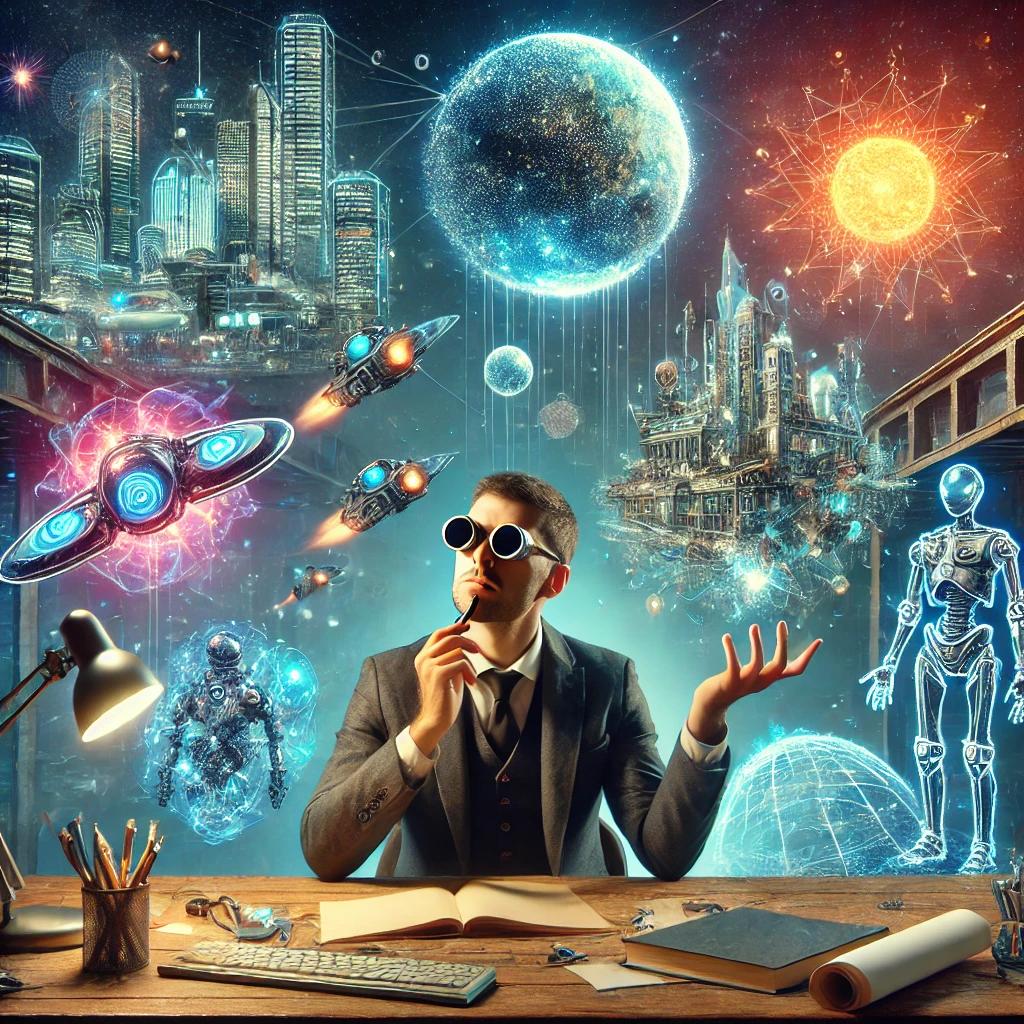
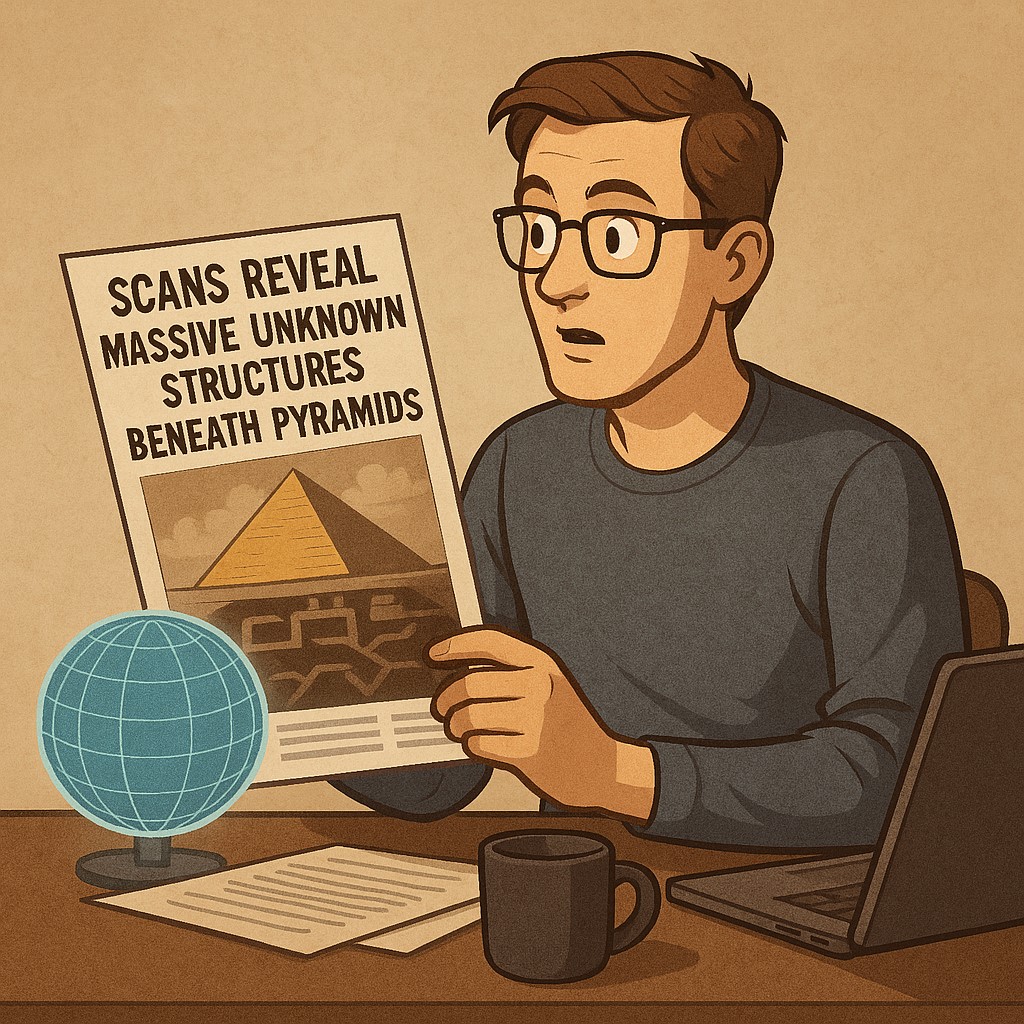
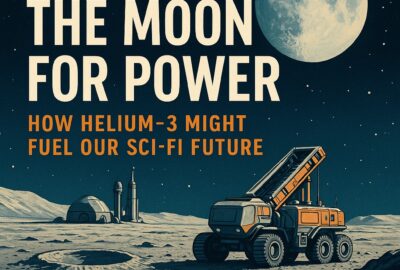
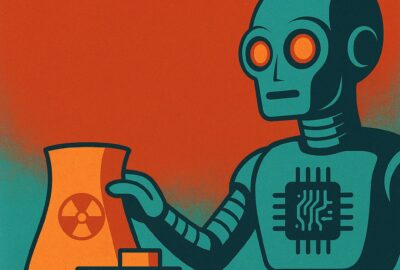
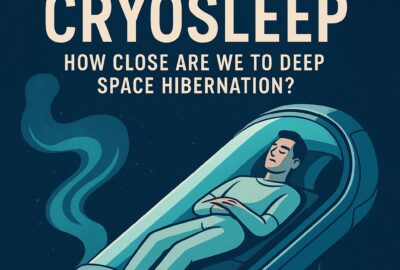


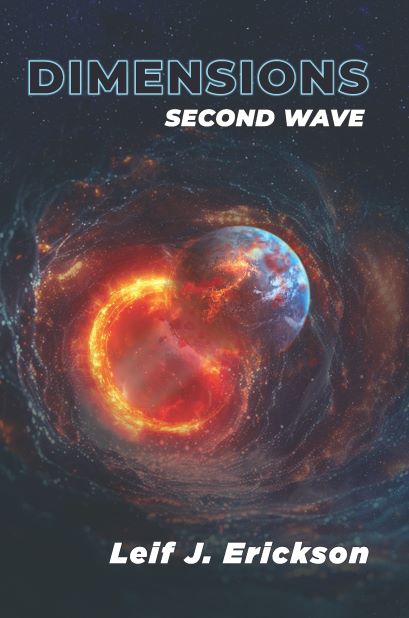
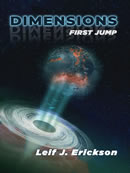
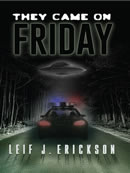



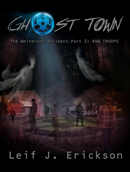

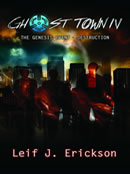

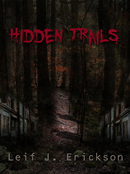






Leave a reply
You must be logged in to post a comment.